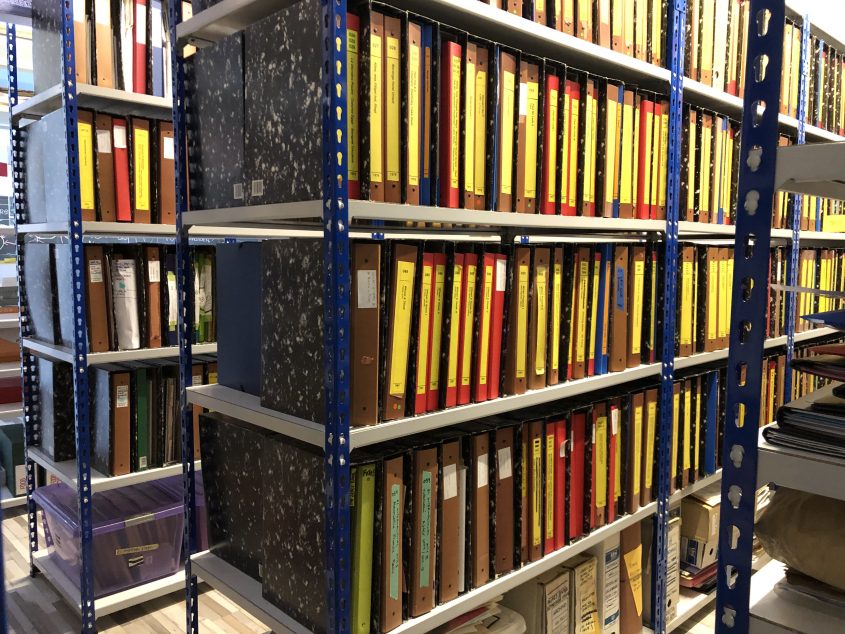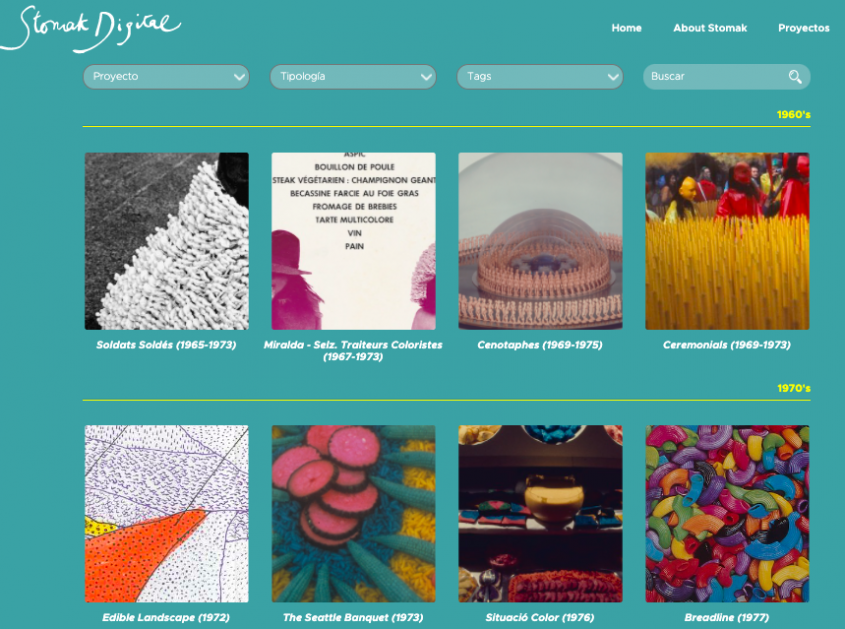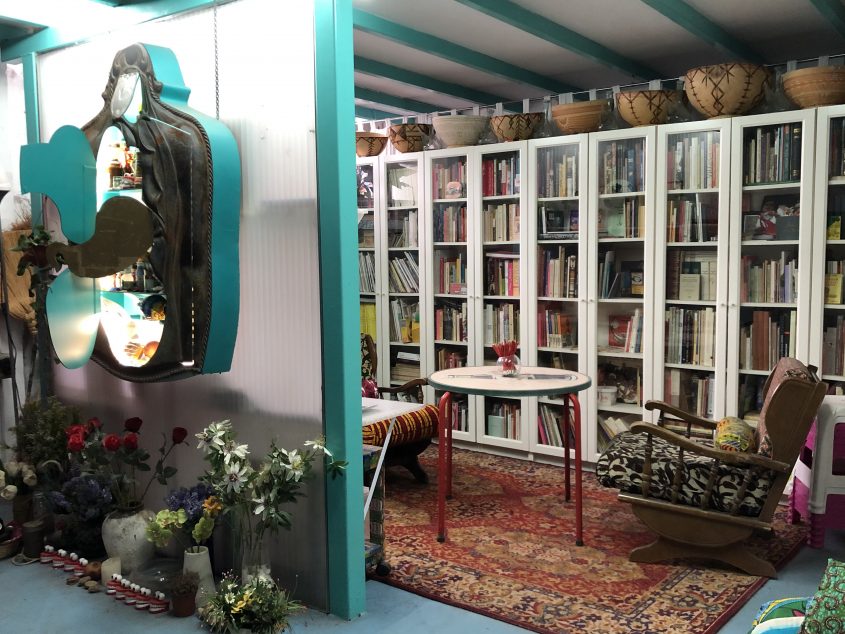FoodCultura es también un archivo y un espacio de encuentro, consulta e investigación dedicado a la cultura alimentaria, la antropología y el arte contemporáneo.
El Archivo FoodCultura se organiza en tres partes diferenciadas, pero interconectadas entre sí:
– ARCHIVO MIRALDA / FOODCULTURA:
Fondo documental de la trayectoria artística de Miralda desde los años sesenta hasta la actualidad. Está constituido por obra gráfica, fotográfica, audiovisual y documentos de diversa índole referidos tanto a la obra y trabajos colectivos de Miralda como a los proyectos realizados por el equipo FoodCultura. Este archivo dispone de su propia plataforma online a modo de base de datos o archivo digital: el Stomak Digital.



